Hiroshi Sambuichi’s minimal house in Japan practises sustainability and restraint
Treading lightly on the earth with his architecture, architect Hiroshi Sambuichi takes pride in designing with natural and re-used materials. In 2006, Wallpaper* visited his Stone House, a minimal masterpiece in Japan, to discover how he puts his eco-friendly theories into action
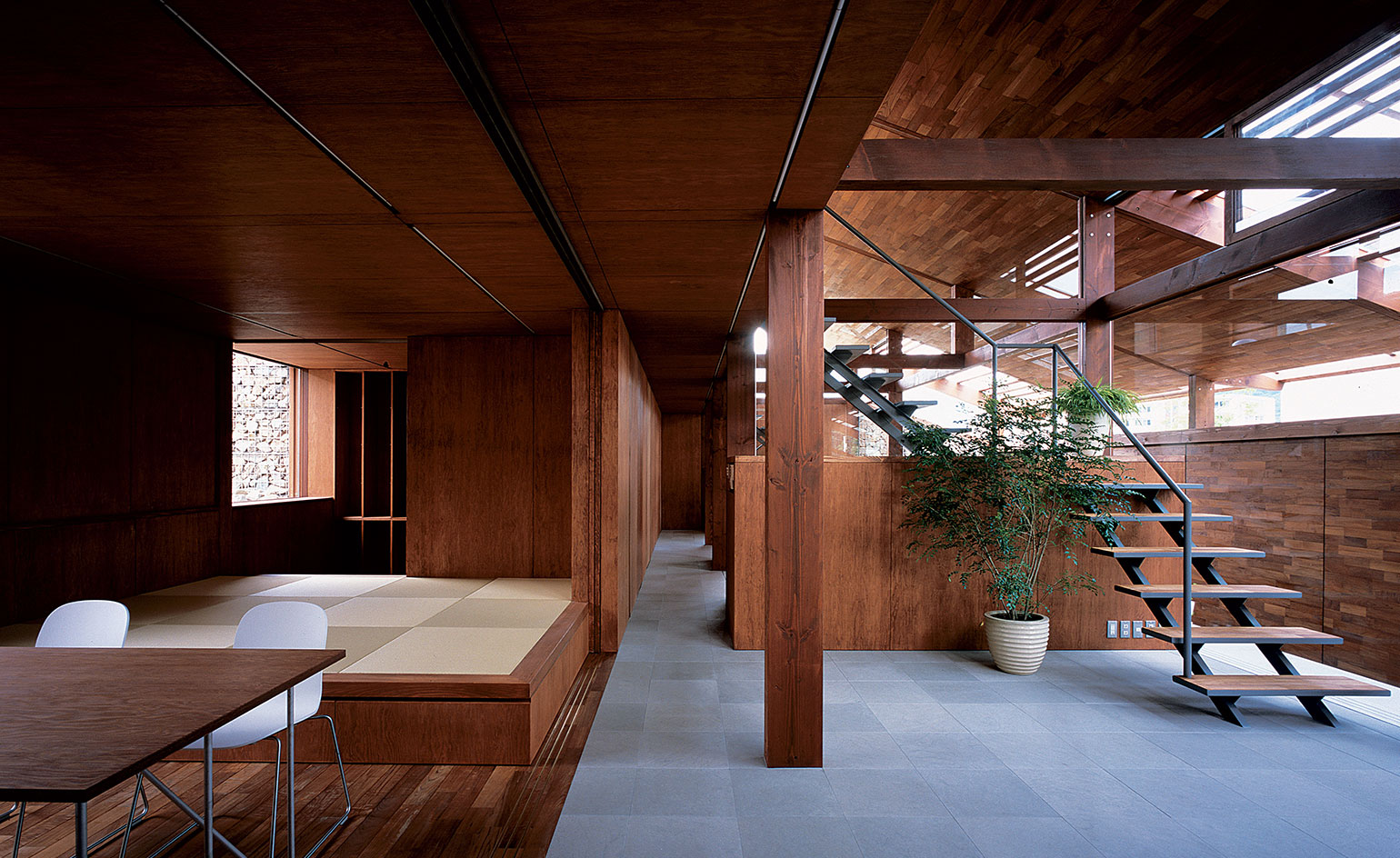
Even a cursory glance at Hiroshi Sambuichi’s oeuvre shows it’s clear that the Japanese architecture master doesn’t do conventional. First there was his Air House, an almost transparent sliver of glass and wood built on a spectacular castle moat in Hagi. Then there was Sloping North House, a family home perched on a vertiginous rise in Yamaguchi. There’s also the dental clinic, near Hiroshima, which he decked out like an upturned wooden boat with vegetation on the roof. And we have Stone House, a family home built in the mountains on a bed of crushed river stones.
Sambuichi has already been garlanded with awards for buildings that manage to be both good-looking and good to the environment. Although he takes the eco issue very seriously, there’s nothing earnest about his designs. He thinks very carefully about the materials he uses (and often reuses) and dreams up ingenious ways for his buildings to operate with as little heating and air conditioning as possible.
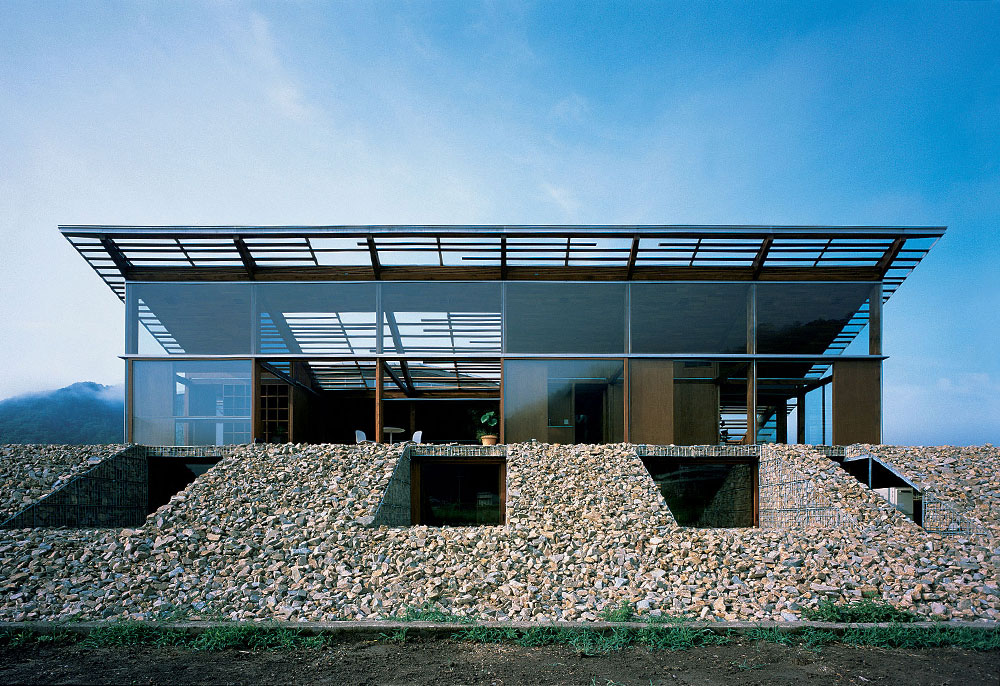
The bed of stones insulates the house through hot summers and cold winters.
‘We’ve reached a stage where we have to pursue an intellectual relationship with the environment,’ he says. Sambuichi wants his buildings to tread lightly on their surroundings, which means minimal use of hard-to-recycle materials, like insulating foams, and maximum use of natural materials. ‘The idea is not to leave any foreign substances in the earth.’ Tricky – impossible even – but he’s trying his best.
Stone House sits at the junction of three prefectures (Hiroshima, Yamaguchi and Shimane) in a scenic mountainous landscape dotted with ski resorts. The local climate is an alternating cycle of very cold winters and hot, humid summers, and his clients wanted a family home for themselves, plus a separate cottage. The house had to be able to withstand the cold months, when the area is buffeted by harsh winds and blanketed in snow, but it also had to serve as a cool retreat during the hot summer months.
Sambuichi took the fairly radical decision of burying the house in a bed of stones, which come from a nearby river. In winter, these stones protect the house from icy blasts, while in summer, they keep the temperature and humidity down. (The waterlogged rice fields that surround the house would have made for a damp foundation.) The house’s lower level and front entrance are built right into the stones, while the startling roof – a giant pane of glass pitched at an unnervingly steep angle over an arrangement of thin timbers – allow light to flood into the family area by day, while at night the light seeps out like a lantern.
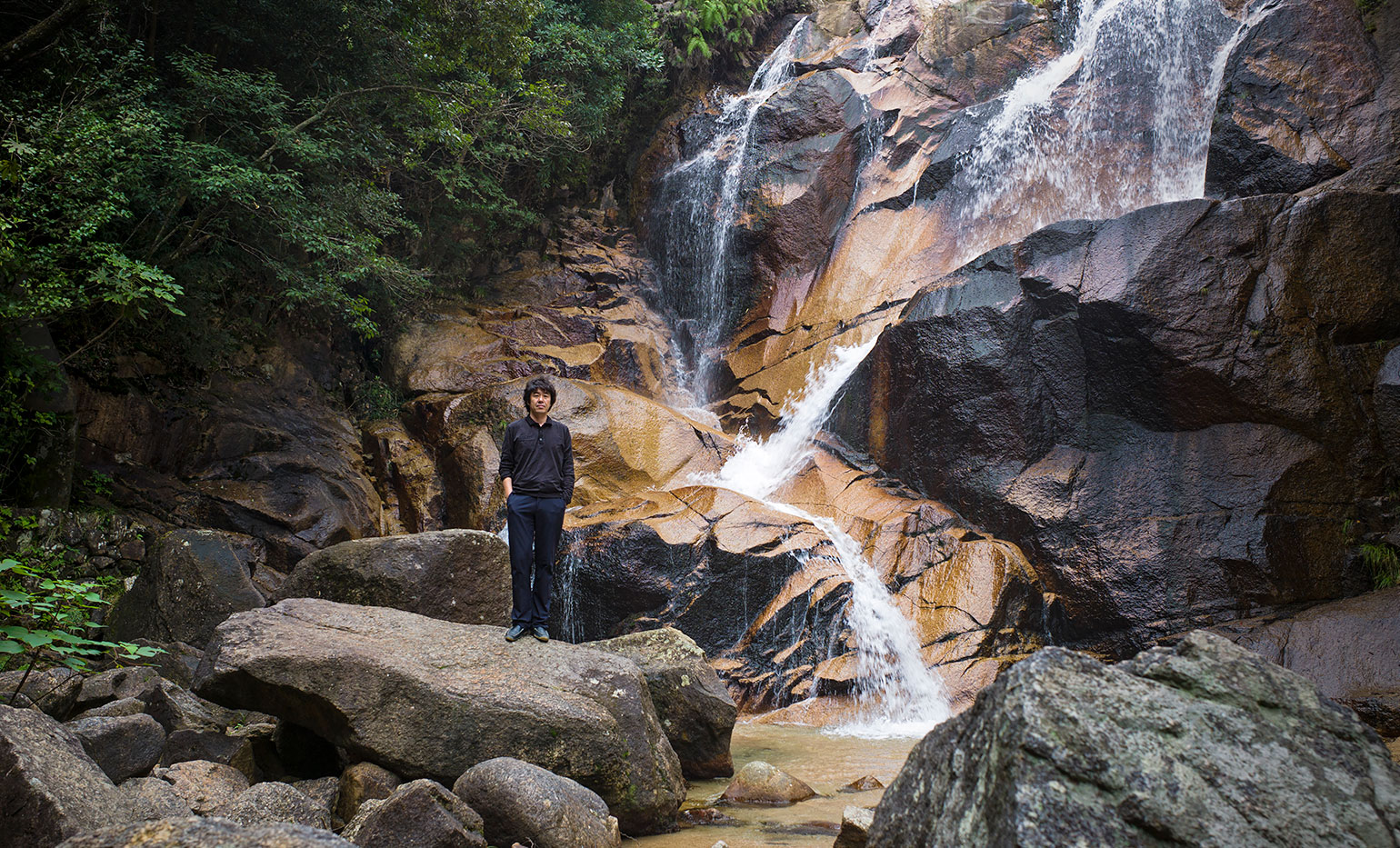
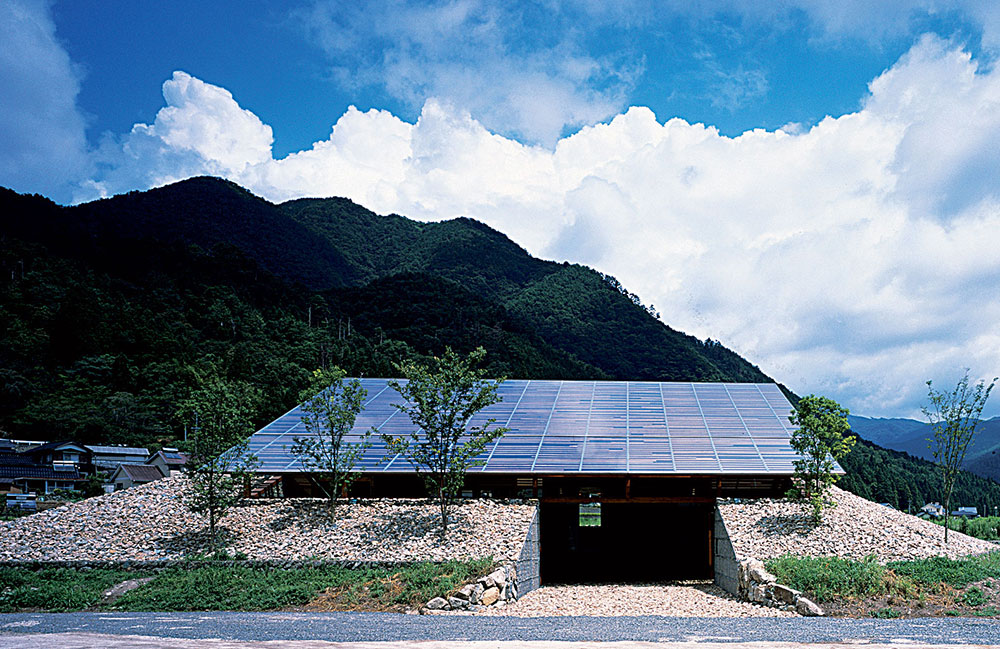
The steeply angled glass roof maximises light inside.
To minimise the number of exposed walls, Sambuichi ditched the idea of a separate guest cottage and incorporated the extra accommodation under the same roof. The family lives in the lower part of the house, while the guest rooms are on the upper level. In typical Japanese fashion, there are few luxuries inside. Sambuichi used a handful of natural materials, including wood and limestone, to create a simple, functional interior. And, like most modern Japanese houses, there’s also a washitsu, a traditional room with tatami flooring. Meanwhile, an internal glass-walled terrace can be everything from a solarium in winter to a clothes-drying area during the rainy season, and provides the perfect shady space for summer parties.
Instead of filling the house to capacity with technological appliances to deal with the climate, Sambuichi has offered an alternative. Architects, he says, should be thinking about energy resources, ‘regardless of how harsh the climatic conditions may be’. He even thinks ahead to the demolition of his buildings (an inevitability in scrap-and-build Japan) and does everything to make sure they could be dismantled with little waste left behind. The next project for Sambuichi and his team is an eco-friendly shop and restaurant development complete with a car dealership. Now that will really be a challenge.
As originally featured in the September 2006 issue of Wallpaper* (W*91)
Receive our daily digest of inspiration, escapism and design stories from around the world direct to your inbox.
-
 Volvo’s quest for safety has resulted in this new, ultra-legible in-car typeface, Volvo Centum
Volvo’s quest for safety has resulted in this new, ultra-legible in-car typeface, Volvo CentumDalton Maag designs a new sans serif typeface for the Swedish carmaker, Volvo Centum, building on the brand’s strong safety ethos
-
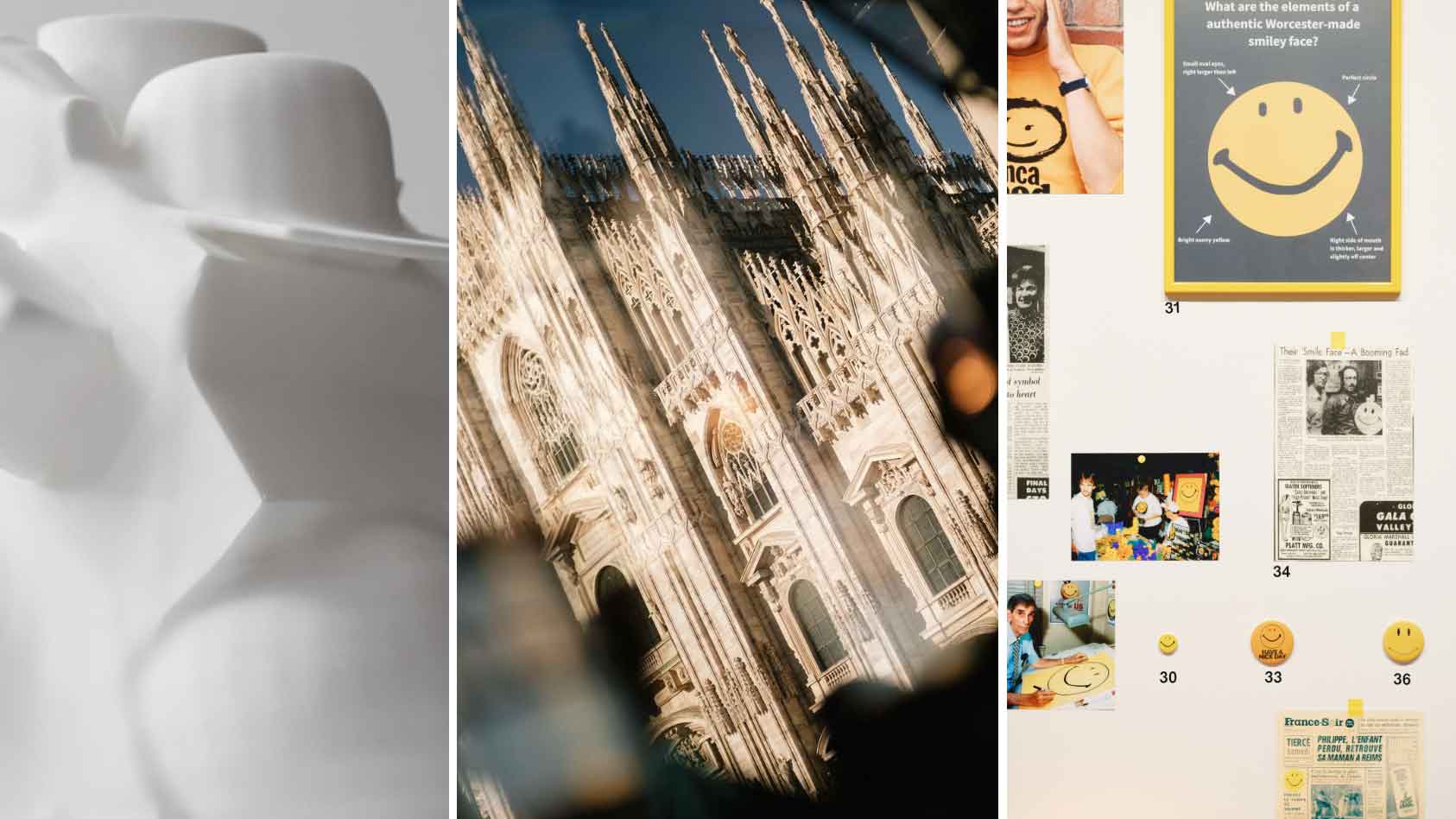 We asked six creative leaders to tell us their design predictions for the year ahead
We asked six creative leaders to tell us their design predictions for the year aheadWhat will be the trends shaping the design world in 2026? Six creative leaders share their creative predictions for next year, alongside some wise advice: be present, connect, embrace AI
-
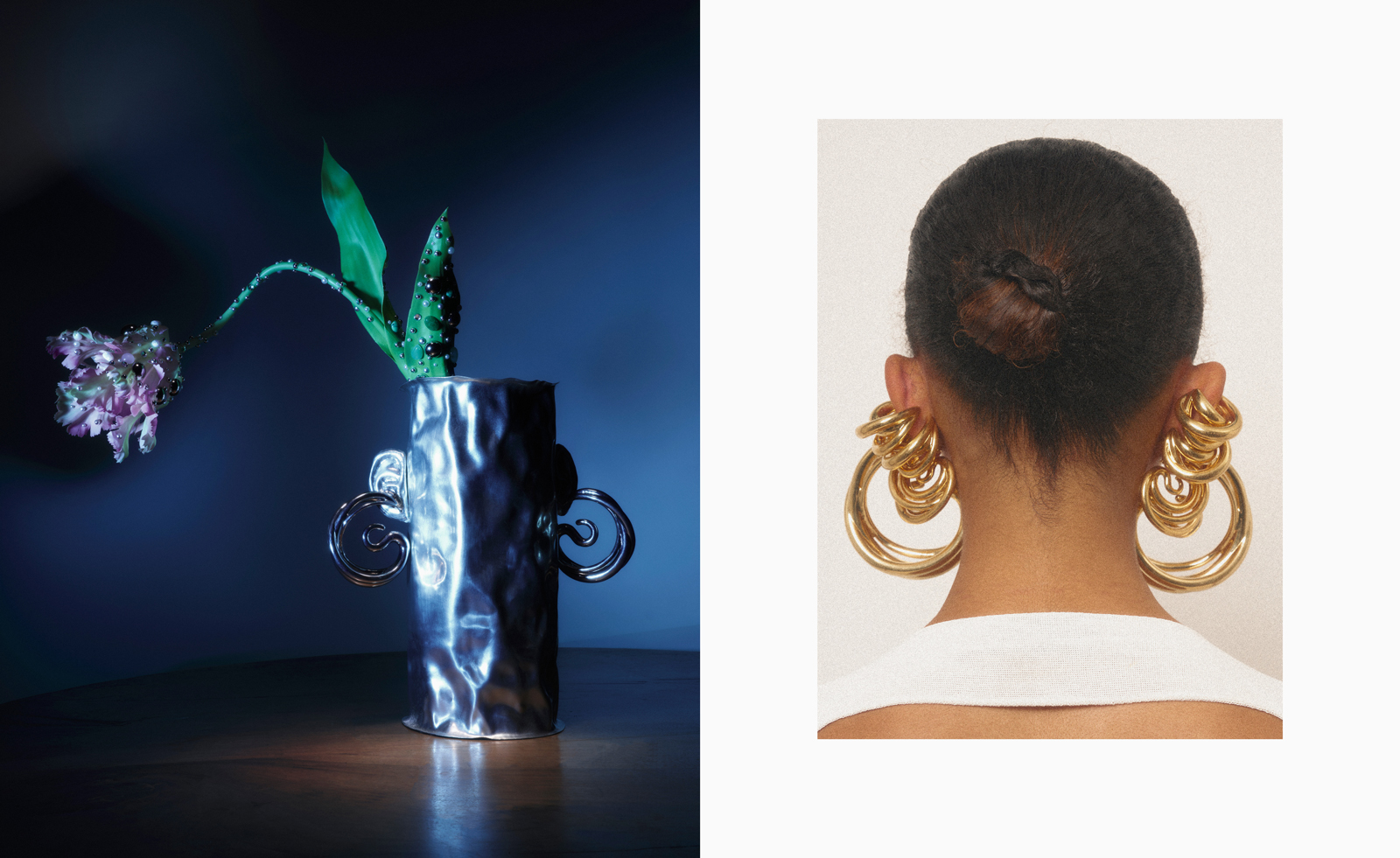 10 watch and jewellery moments that dazzled us in 2025
10 watch and jewellery moments that dazzled us in 2025From unexpected watch collaborations to eclectic materials and offbeat designs, here are the watch and jewellery moments we enjoyed this year
-
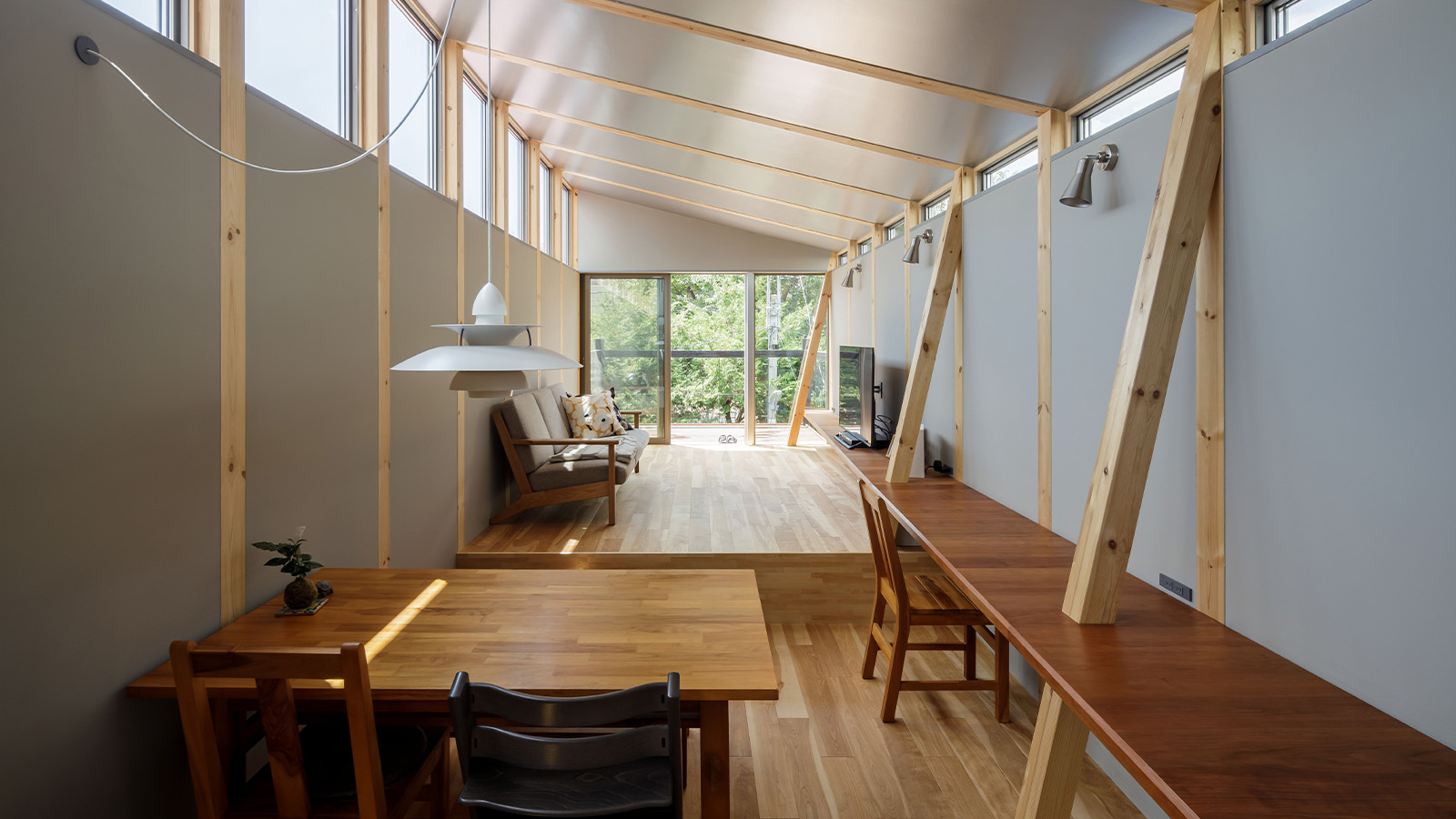 This Fukasawa house is a contemporary take on the traditional wooden architecture of Japan
This Fukasawa house is a contemporary take on the traditional wooden architecture of JapanDesigned by MIDW, a house nestled in the south-west Tokyo district features contrasting spaces united by the calming rhythm of structural timber beams
-
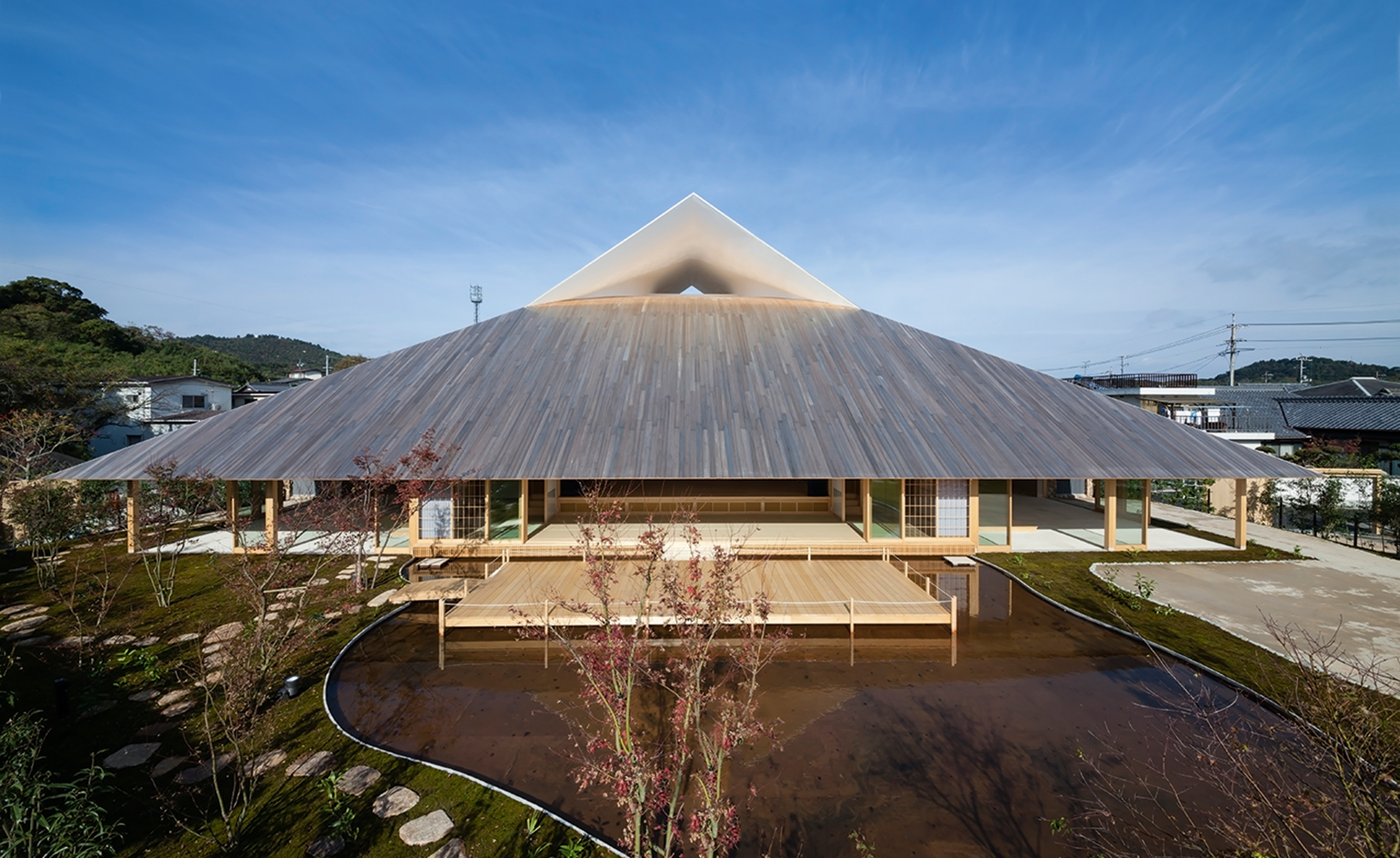 Take a tour of the 'architectural kingdom' of Japan
Take a tour of the 'architectural kingdom' of JapanJapan's Seto Inland Sea offers some of the finest architecture in the country – we tour its rich selection of contemporary buildings by some of the industry's biggest names
-
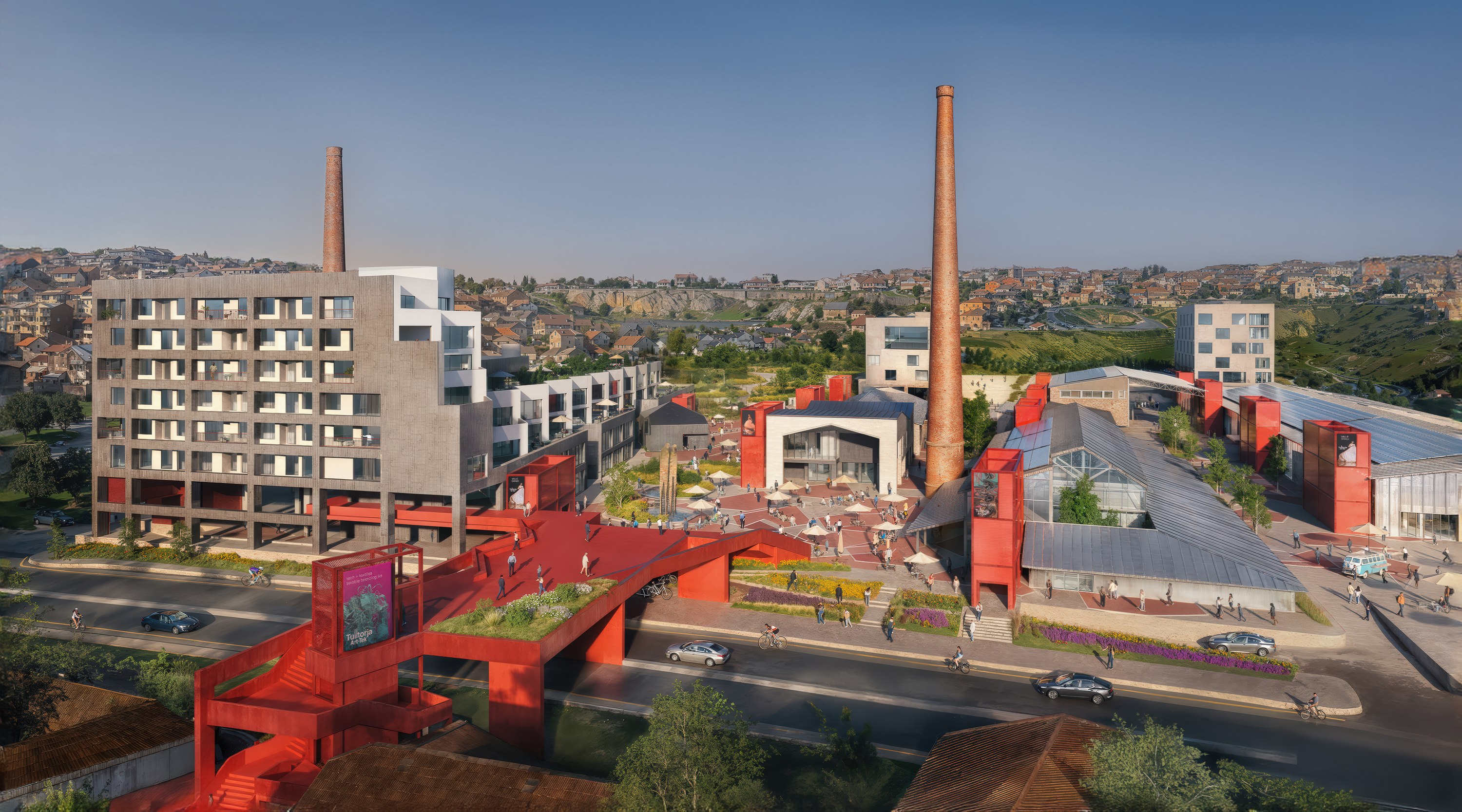 At the Holcim Foundation Forum and its Grand Prizes, sustainability is both urgent and hopeful
At the Holcim Foundation Forum and its Grand Prizes, sustainability is both urgent and hopefulThe Holcim Foundation Forum just took place in Venice, culminating in the announcement of the organisation's Grand Prizes, the projects especially honoured among 20 previously announced winning designs
-
 Holcim Foundation Awards celebrate sustainability with 20 winners; Sou Fujimoto explains all
Holcim Foundation Awards celebrate sustainability with 20 winners; Sou Fujimoto explains allThe 2025 Holcim Foundation Awards have just been announced, crowning 20 projects from across the globe as the most inspirational schemes in the field of sustainable architecture; we caught up with Asia Pacific jury chair Sou Fujimoto to find out more
-
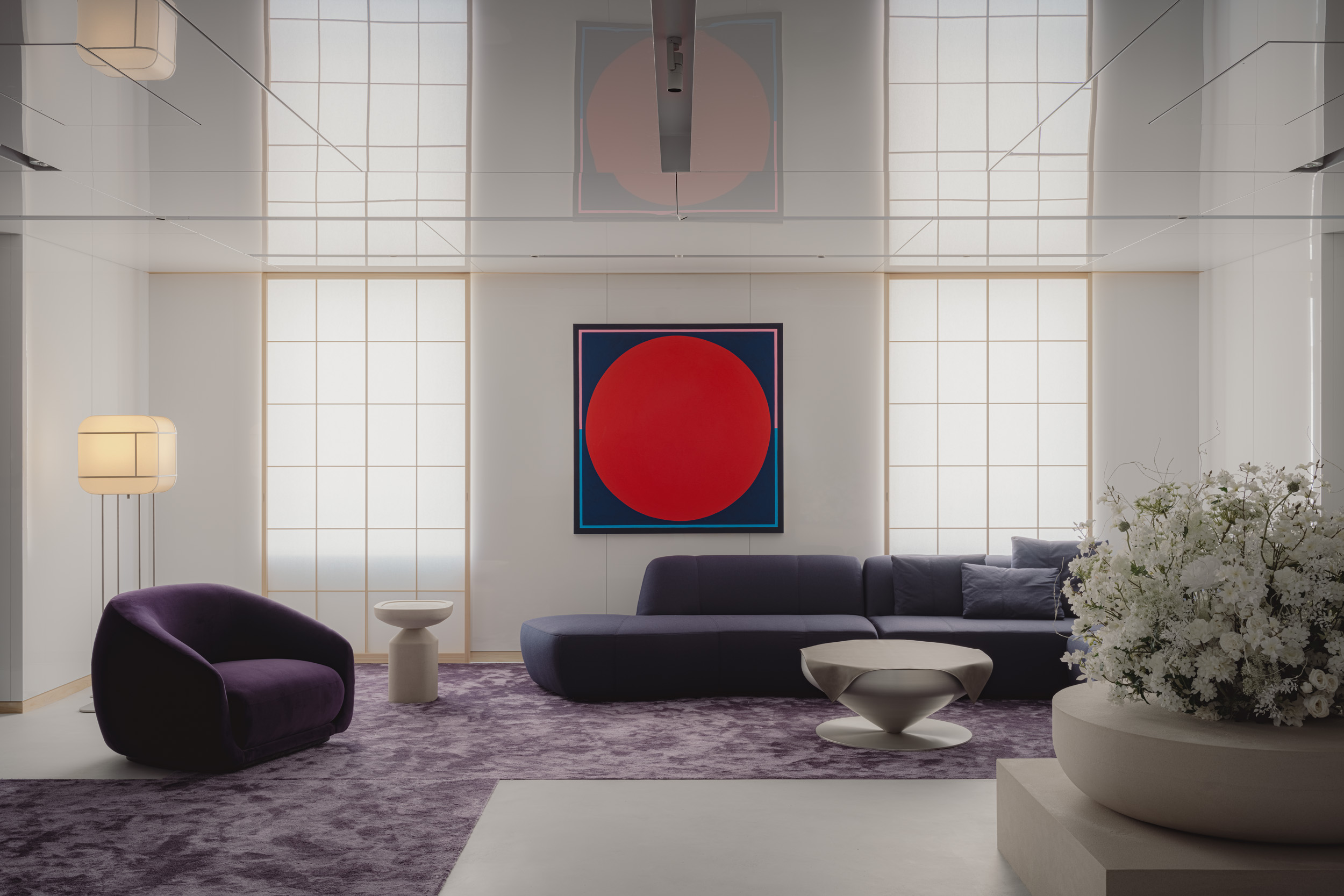 Matsuya Ginza lounge is a glossy haven at Tokyo’s century-old department store
Matsuya Ginza lounge is a glossy haven at Tokyo’s century-old department storeA new VIP lounge inside Tokyo’s Matsuya Ginza department store, designed by I-IN, balances modernity and elegance
-
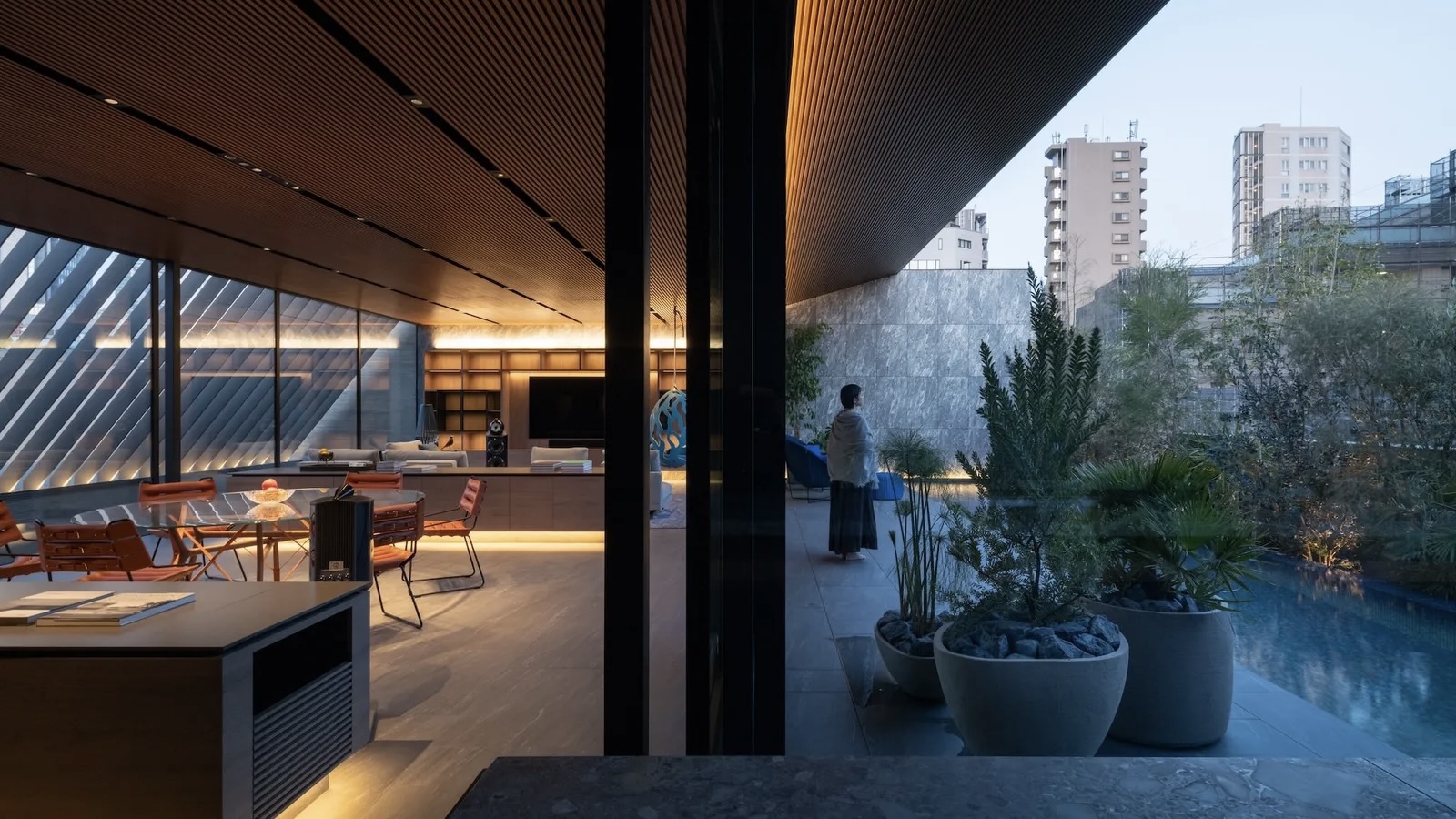 The Architecture Edit: Wallpaper’s houses of the month
The Architecture Edit: Wallpaper’s houses of the monthThis September, Wallpaper highlighted a striking mix of architecture – from iconic modernist homes newly up for sale to the dramatic transformation of a crumbling Scottish cottage. These are the projects that caught our eye
-
 Utopian, modular, futuristic: was Japanese Metabolism architecture's raddest movement?
Utopian, modular, futuristic: was Japanese Metabolism architecture's raddest movement?We take a deep dive into Japanese Metabolism, the pioneering and relatively short-lived 20th-century architecture movement with a worldwide impact; explore our ultimate guide
-
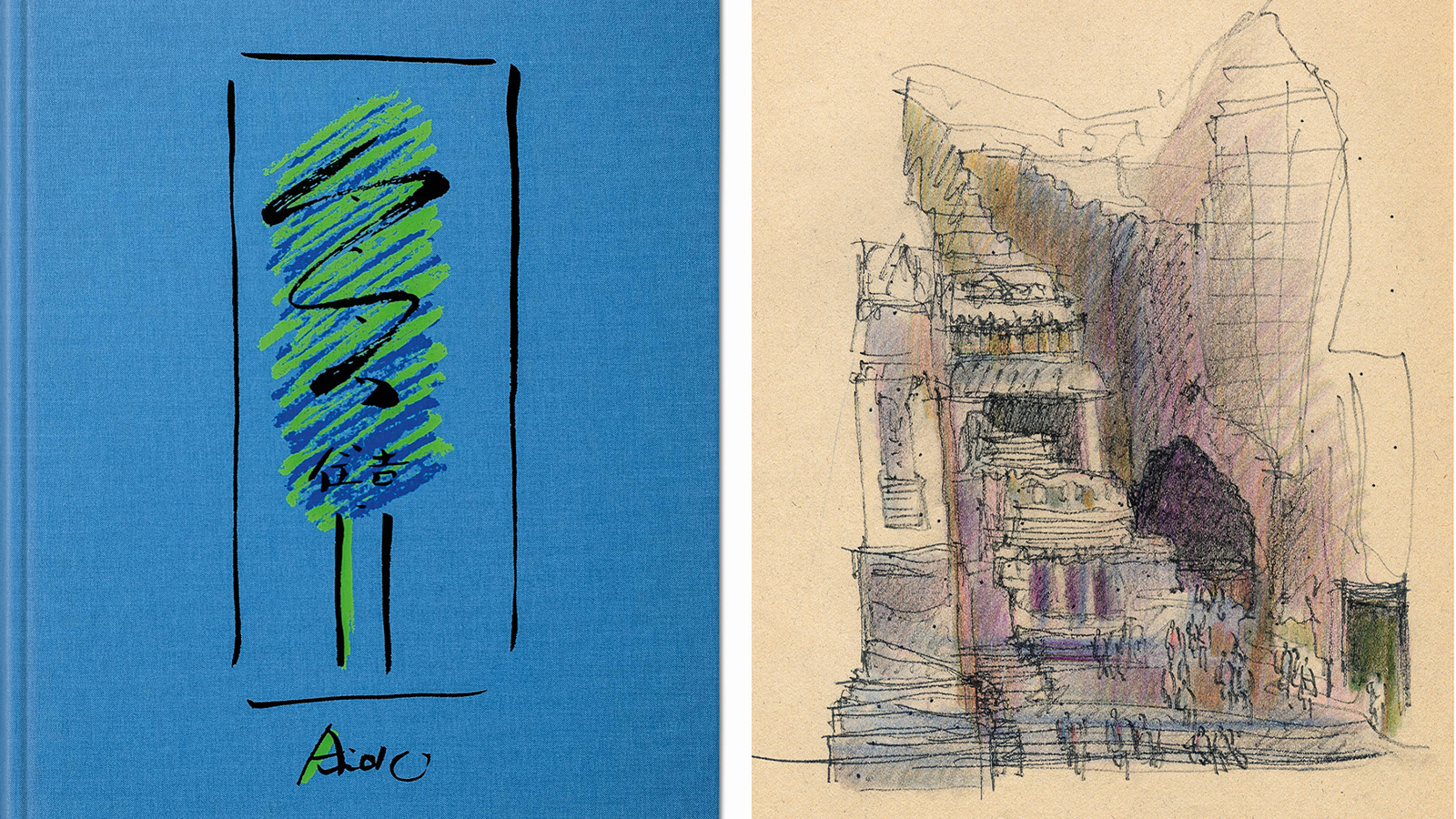 A new Tadao Ando monograph unveils the creative process guiding the architect's practice
A new Tadao Ando monograph unveils the creative process guiding the architect's practiceNew monograph ‘Tadao Ando. Sketches, Drawings, and Architecture’ by Taschen charts decades of creative work by the Japanese modernist master